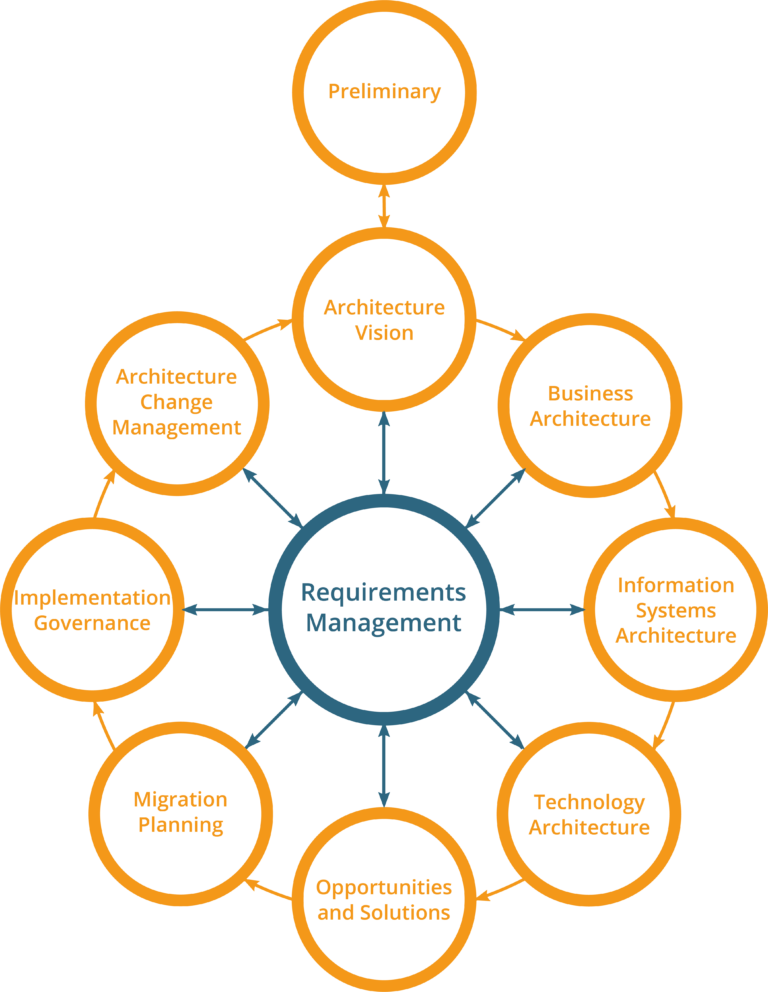The NextGen Databases For the A.I. Era
Vector databases are a new breed of database designed to store and query vector data. Vector data is typically used in machine learning applications, where it is used to represent the features of objects. Vector databases can significantly improve the performance of machine learning applications by providing efficient access to vector data.
In this article, we will compare somepopular vector databases: Pinecone, Milvus, Chroma, and Weaviate. We will discuss their features, performance, and pricing, to help you choose the right vector database for your needs.
Pinecone
Pinecone is a cloud-based vector database that is designed to be easy to use and deploy. It offers a wide range of features, including support for a variety of vector types, efficient search and retrieval, and built-in machine learning capabilities. Pinecone is a good choice for businesses and organizations that want to build and deploy machine learning applications without having to worry about the underlying infrastructure.
Milvus
Milvus is an open source vector database that is designed for high performance. It is particularly well-suited for large-scale real-time applications, such as recommendation systems and fraud detection. Milvus is a good choice for businesses and organizations that need to process large amounts of vector data quickly.
Chroma
Chroma is an open source vector database that is designed for large language model (LLM) applications. It offers a number of features that are specifically designed for LLMs, such as support for variable-length vectors and efficient search for similar text. Chroma is a good choice for businesses and organizations that are developing applications that use LLMs.
Weaviate
Weaviate is an open source vector database that is designed to be flexible and extensible. It offers a wide range of features, including support for a variety of vector types, custom indexing, and integration with a variety of machine learning frameworks. Weaviate is a good choice for businesses and organizations that need a vector database that can be customized to meet their specific needs.
Comparison
The following table compares the four vector databases on a number of key features:
| Feature | Pinecone | Milvus | Chroma | Weaviate |
|---|---|---|---|---|
| Vector types | Supports a variety of vector types, including dense and sparse vectors, real and complex numbers, and variable-length vectors | Supports dense vectors and real numbers | Supports dense vectors and real numbers | Supports a variety of vector types, including dense and sparse vectors, real and complex numbers, and variable-length vectors |
| Search and retrieval | Efficient search and retrieval for similar vectors | High performance search for large-scale real-time applications | Efficient search for similar text | Efficient search and retrieval for similar vectors |
| Machine learning capabilities | Built-in machine learning capabilities for training and deploying machine learning models | No built-in machine learning capabilities | No built-in machine learning capabilities | Built-in machine learning capabilities for training and deploying machine learning models |
| Cloud-based | Yes | Yes | No | No |
| Open source | No | Yes | Yes | Yes |
| Pricing | Pay-as-you-go | Free for development and testing, paid for production use | Free for development and testing, paid for production use | Free for development and testing, paid for production use |
Final Thoughts
The four vector databases that we have compared all offer a variety of features and benefits. The best vector database for you will depend on your specific needs and requirements. If you are looking for a cloud-based vector database with a wide range of features, Pinecone is a good choice. If you need a vector database for high performance real-time applications, Milvus is a good option. If you are developing applications that use LLMs, Chroma is a good choice. And if you need a flexible and extensible vector database that can be customized to meet your specific needs, Weaviate is a good option.


